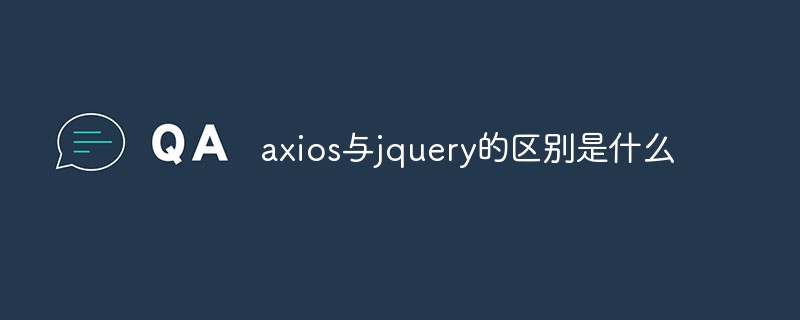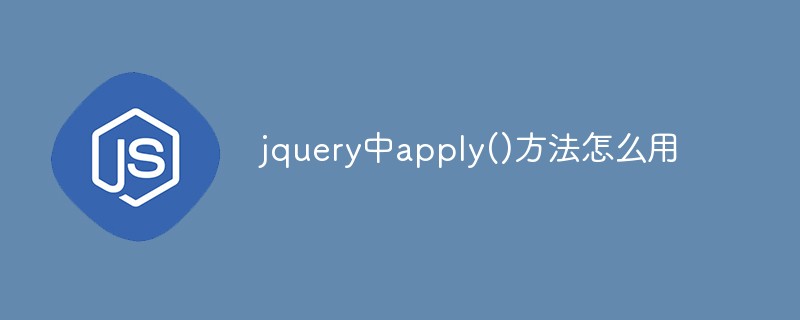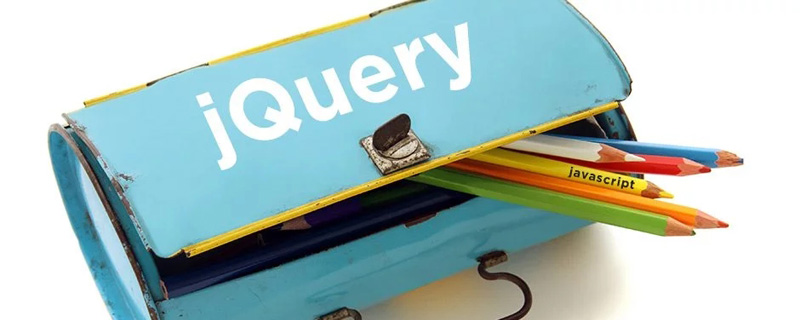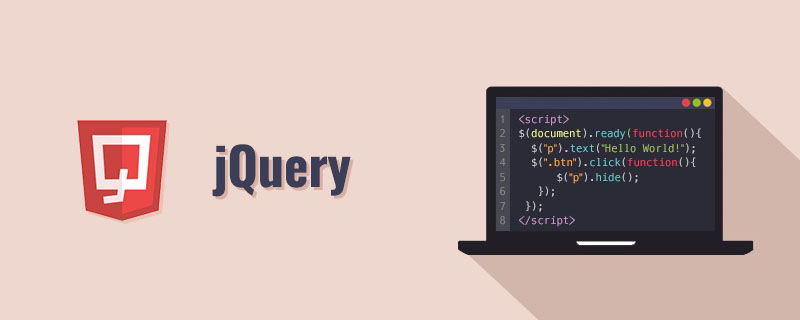After the problem was solved, I roughly understood what it meant. In the final analysis, there was still a deviation in jquery's understanding of obtaining related json objects.
What is considered here is that the server returns a JSON string. For JSON objects encapsulated by plug-ins such as JSONObject, the same is true and will not be explained here.
The JSON string set is first given here. The string set is as follows:
The code is as follows:
var data="
{
root:
[
{name:'1',value:'0'},
{name :'6101',value:'Xi'an City'},
{name:'6102',value:'Tongchuan City'},
{name:'6103',value:'Baoji City'},
{name:'6104',value:'Xianyang City'},
{name:'6105',value:'Weinan City'},
{name:'6106',value:'Yan'an City '},
{name:'6107',value:'Hanzhong City'},
{name:'6108',value:'Yulin City'},
{name:'6109',value :'Ankang City'},
{name:'6110',value:'Shangluo City'}
]
}";
The data obtained asynchronously with jquery Based on the type - json object and string, the result processing methods obtained by the two methods are introduced respectively.
1. For the JSON string returned by the server, if the jquery asynchronous request does not have a type description, or is accepted as a string, then it needs to be objectified. The method is not too troublesome, that is, put the string in eval () is executed once. This method is also suitable for obtaining json objects in the ordinary javascipt method. The following is an example:
var dataObj=eval("(" data ")");//Convert to json object
alert(dataObj.root.length);//Output the number of child objects of root
$. each(dataObj.root,fucntion(idx,item){
if(idx==0){
return true;
}
//Output the name and value of each root sub-object
alert("name:" item.name ",value:" item.value);
})
Note: For general js to generate json objects, only $. Just replace the each() method with a for statement, and leave everything else unchanged.
2. For the JSON string returned by the server, if the jquery asynchronous request sets the type (usually this configuration attribute) to "json", or uses the $.getJSON() method to obtain the server return, then there is no need to eval ( ) method, because the result obtained at this time is already a json object, you only need to call the object directly. Here, the $.getJSON method is used as an example to illustrate the data processing method:
What needs special attention here is that in method 1 The eval() method dynamically executes the string (possibly a js script), which can easily cause system security issues. Therefore, you can use some third-party client script libraries that circumvent eval(). For example, JSON in JavaScript provides a script library of no more than 3k.
 jquery实现多少秒后隐藏图片Apr 20, 2022 pm 05:33 PM
jquery实现多少秒后隐藏图片Apr 20, 2022 pm 05:33 PM实现方法:1、用“$("img").delay(毫秒数).fadeOut()”语句,delay()设置延迟秒数;2、用“setTimeout(function(){ $("img").hide(); },毫秒值);”语句,通过定时器来延迟。
 jquery怎么修改min-height样式Apr 20, 2022 pm 12:19 PM
jquery怎么修改min-height样式Apr 20, 2022 pm 12:19 PM修改方法:1、用css()设置新样式,语法“$(元素).css("min-height","新值")”;2、用attr(),通过设置style属性来添加新样式,语法“$(元素).attr("style","min-height:新值")”。
 axios与jquery的区别是什么Apr 20, 2022 pm 06:18 PM
axios与jquery的区别是什么Apr 20, 2022 pm 06:18 PM区别:1、axios是一个异步请求框架,用于封装底层的XMLHttpRequest,而jquery是一个JavaScript库,只是顺便封装了dom操作;2、axios是基于承诺对象的,可以用承诺对象中的方法,而jquery不基于承诺对象。
 jquery怎么在body中增加元素Apr 22, 2022 am 11:13 AM
jquery怎么在body中增加元素Apr 22, 2022 am 11:13 AM增加元素的方法:1、用append(),语法“$("body").append(新元素)”,可向body内部的末尾处增加元素;2、用prepend(),语法“$("body").prepend(新元素)”,可向body内部的开始处增加元素。
 jquery中apply()方法怎么用Apr 24, 2022 pm 05:35 PM
jquery中apply()方法怎么用Apr 24, 2022 pm 05:35 PM在jquery中,apply()方法用于改变this指向,使用另一个对象替换当前对象,是应用某一对象的一个方法,语法为“apply(thisobj,[argarray])”;参数argarray表示的是以数组的形式进行传递。
 jquery怎么删除div内所有子元素Apr 21, 2022 pm 07:08 PM
jquery怎么删除div内所有子元素Apr 21, 2022 pm 07:08 PM删除方法:1、用empty(),语法“$("div").empty();”,可删除所有子节点和内容;2、用children()和remove(),语法“$("div").children().remove();”,只删除子元素,不删除内容。
 jquery on()有几个参数Apr 21, 2022 am 11:29 AM
jquery on()有几个参数Apr 21, 2022 am 11:29 AMon()方法有4个参数:1、第一个参数不可省略,规定要从被选元素添加的一个或多个事件或命名空间;2、第二个参数可省略,规定元素的事件处理程序;3、第三个参数可省略,规定传递到函数的额外数据;4、第四个参数可省略,规定当事件发生时运行的函数。
 jquery怎么去掉只读属性Apr 20, 2022 pm 07:55 PM
jquery怎么去掉只读属性Apr 20, 2022 pm 07:55 PM去掉方法:1、用“$(selector).removeAttr("readonly")”语句删除readonly属性;2、用“$(selector).attr("readonly",false)”将readonly属性的值设置为false。


Hot AI Tools

Undresser.AI Undress
AI-powered app for creating realistic nude photos

AI Clothes Remover
Online AI tool for removing clothes from photos.

Undress AI Tool
Undress images for free

Clothoff.io
AI clothes remover

AI Hentai Generator
Generate AI Hentai for free.

Hot Article

Hot Tools

SublimeText3 Linux new version
SublimeText3 Linux latest version

WebStorm Mac version
Useful JavaScript development tools

Dreamweaver CS6
Visual web development tools

SAP NetWeaver Server Adapter for Eclipse
Integrate Eclipse with SAP NetWeaver application server.

SublimeText3 Chinese version
Chinese version, very easy to use






